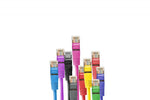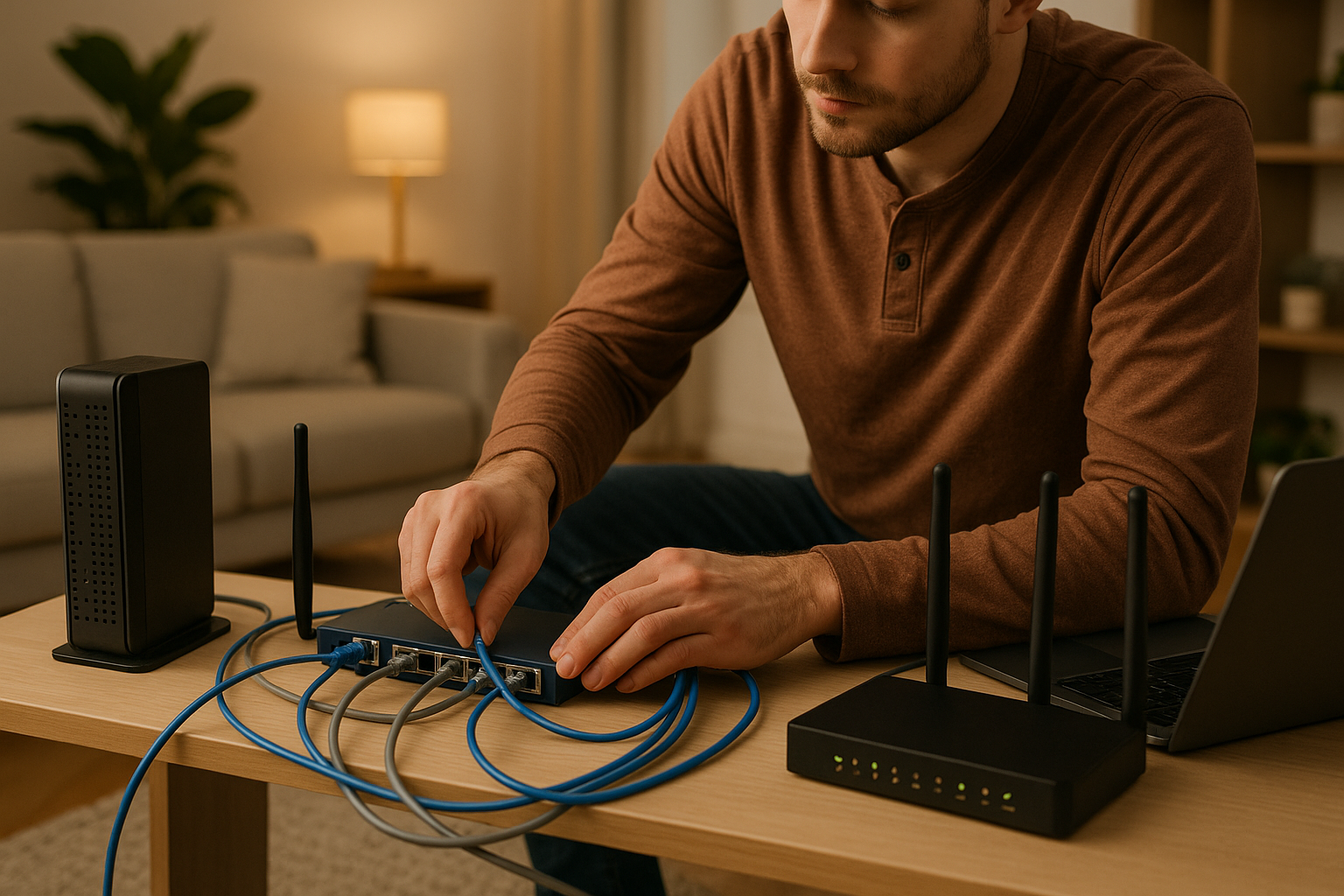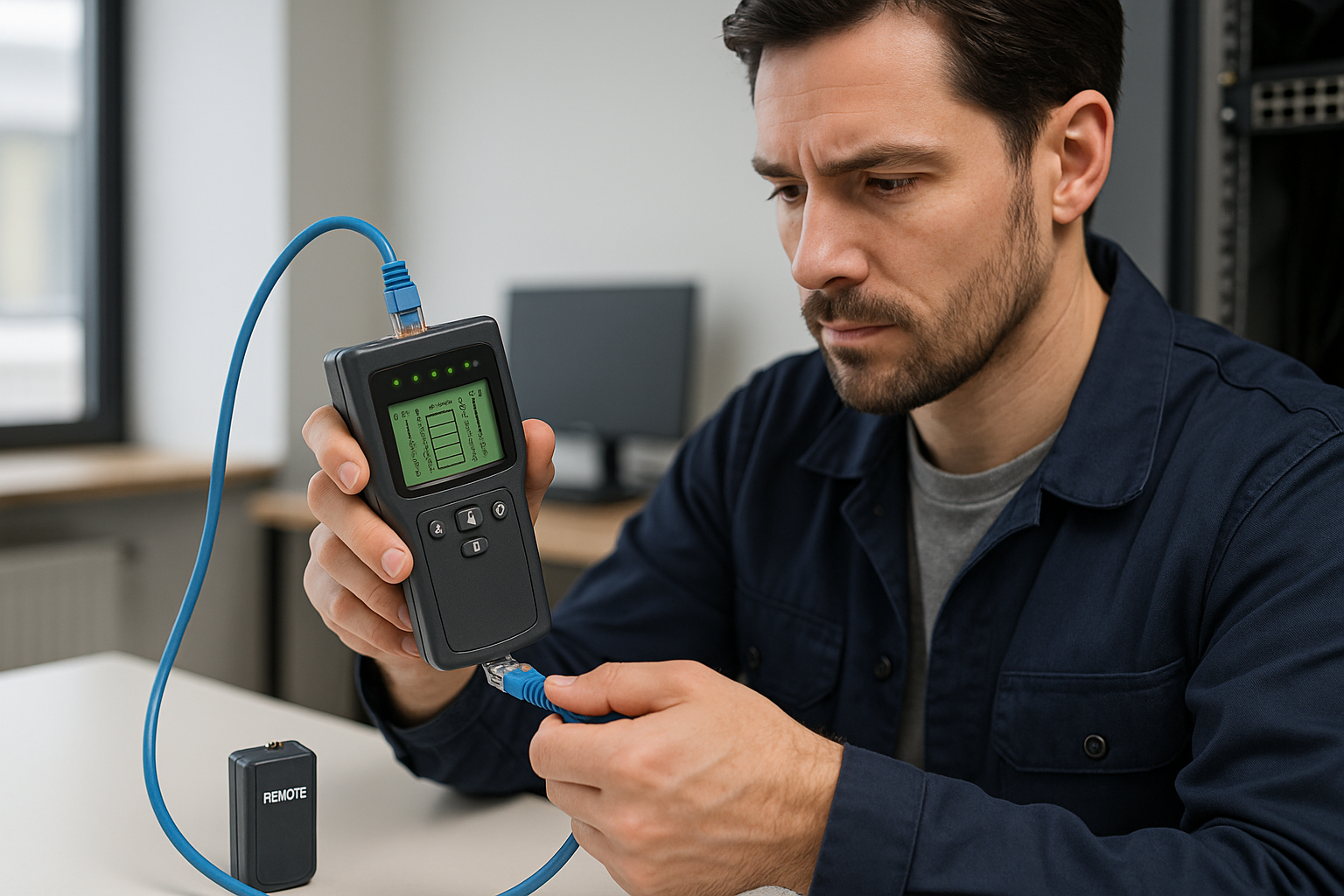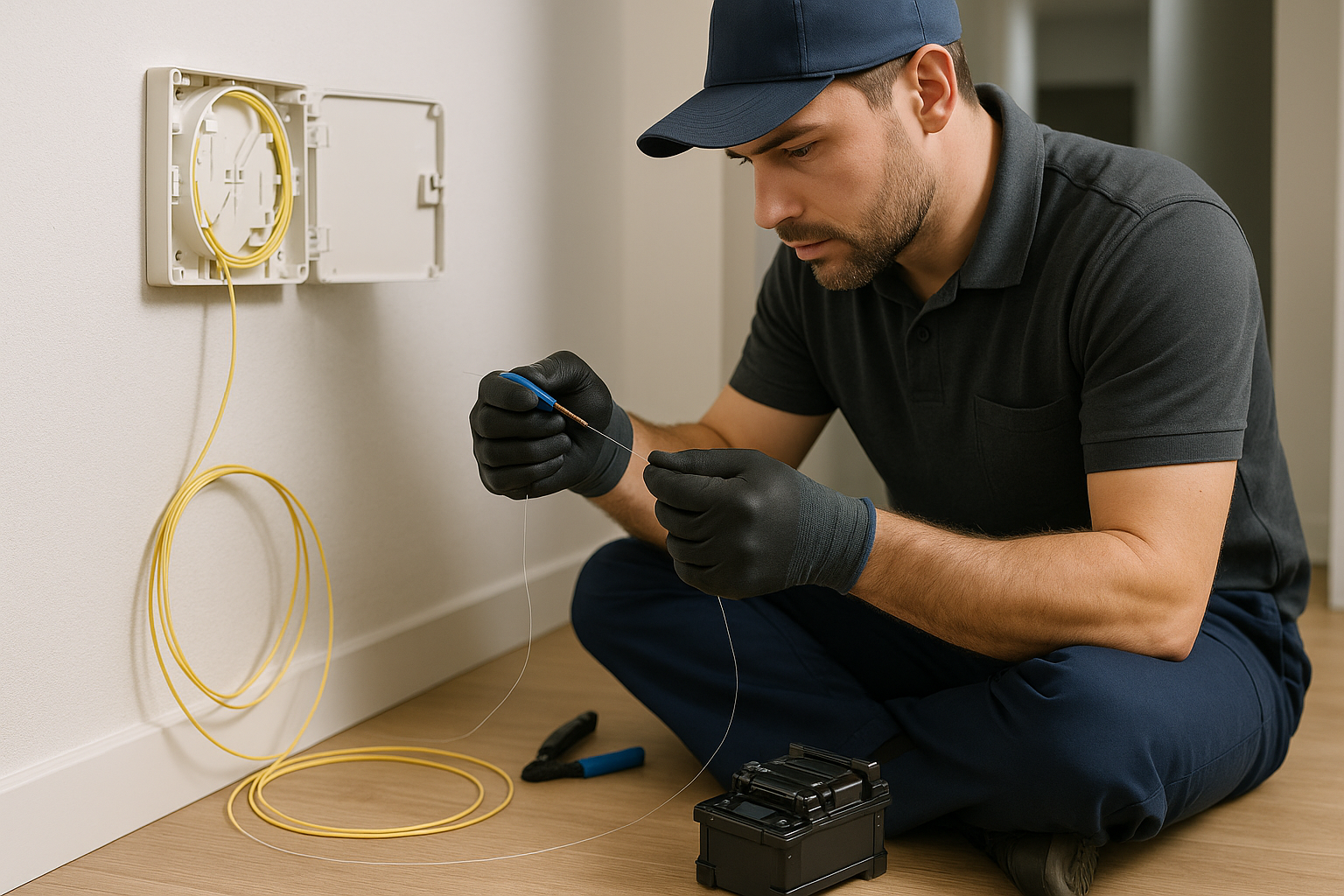What is the difference between Cat 6 and Cat 6e?
- , by
- 1 min reading time

Nowadays almost every home is connected to the internet. We also increasingly use the internet, such as Facebook, YouTube, Google and more. To make your indoor network as stable as possible, it is best to use cabling.
Nowadays almost every home is connected to the internet. We also increasingly use the internet, such as Facebook, YouTube, Google and more. To make your indoor network as stable as possible, it is best to use cabling.
WiFi has a less stable range than a wired computer. And if you live in an area where the neighbors also all have WiFi, your signal usually does not improve. This can result in a slow and unstable internet connection.
A solution to this is to completely cabling your internal network. This can be done with internet cables, or UTP cables. With these cables you can bridge a distance of 100 meters. These cables are widely available and easy to install yourself.

The most commonly used cables are category 6 (Cat6) internet cables, although Cat6e is also often talked about. But there's something about that. Network cables can be divided into four categories:
- Cat5e , can reach speeds of up to 1,000mbit/s, 100mhz
- Cat6, can reach speeds of up to 1,000 Mbit/s, 250 MHz
- Cat6a , can reach speeds up to 10,000mbit/s, 500mhz
- Cat7 , can reach speeds of up to 10,000 Mbit/s, 1,000 MHz
There are many misunderstandings about the Cat6e cable. Cat6e is not a standard and is therefore often incorrectly referred to as such. With the Cat5 version, the successor was the Cat5e, in which the "E" version was a faster cable.
When the Cat6 cable came onto the market, many suppliers referred to the Cat6 cable as a Cat6e cable to suggest that it was a newer version. In short, the Cat6e does not exist at all. There is also an organization that manages all standards. This is the TIA (Telecommunications Industry Association). This organization does not recognize the existence of a Cat6e cable.
Tags
Related categories
Check out our other blogs
-

, by Jarno Heideman How do you easily set up a home network yourself?
-

, by Jarno Heideman What are the color codes of UTP cables and how do you use them correctly?
-

, by Jarno Heideman How do you test a UTP cable without making mistakes?
-

, by Jarno Heideman How do you connect fiber optic yourself without any hassle at home?



